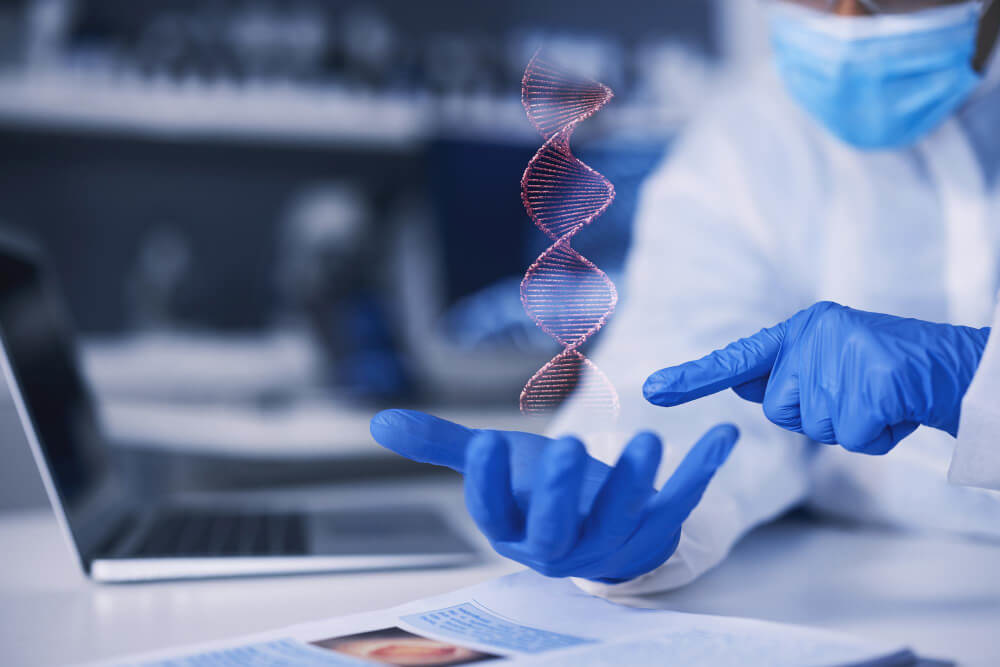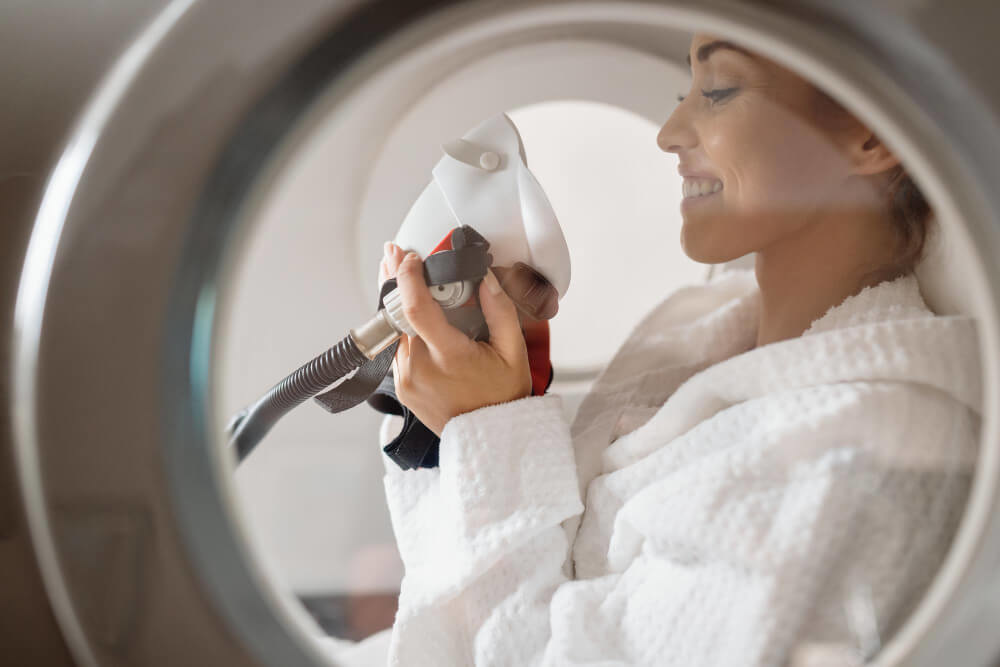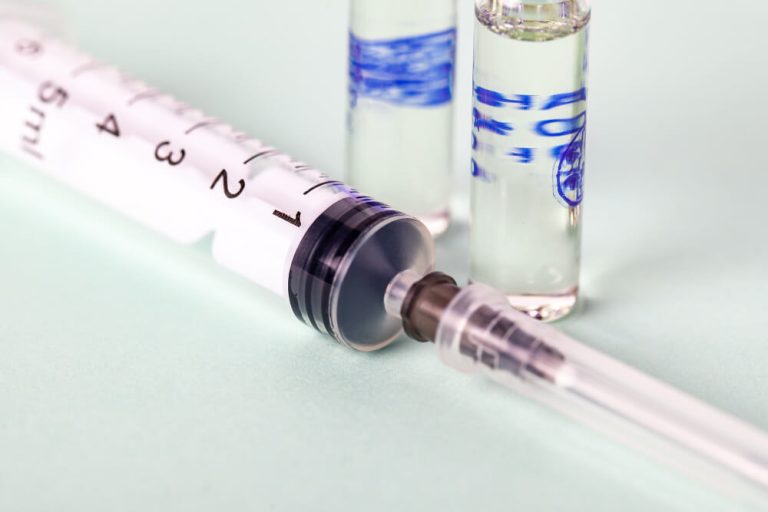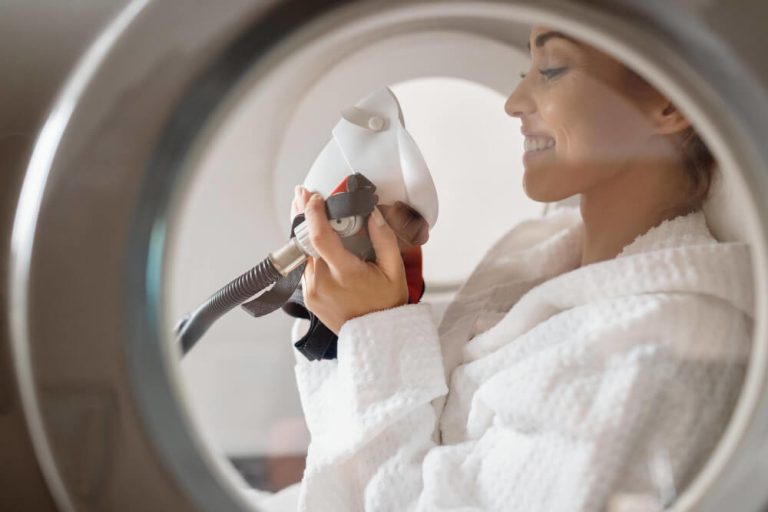The Future of Medicine: A Comprehensive Guide to Exosome Training
In the rapidly advancing world of healthcare, a new frontier is capturing the attention of clinicians and patients alike: regenerative medicine. This field represents a paradigm shift, moving beyond merely managing symptoms to actively repairing, replacing, and regenerating human cells, tissues, and organs. At the very heart of this revolution are tiny but powerful messengers known as exosomes.
These microscopic vesicles are the body’s natural communication system, carrying vital information between cells to orchestrate healing and rejuvenation. As our understanding of their therapeutic potential grows, so does the demand for practitioners skilled in their application. This has created a critical need for comprehensive Exosome training, a specialized education designed to equip healthcare professionals with the knowledge to safely and effectively harness this groundbreaking technology.
Navigating this new landscape requires more than just a passing interest; it demands a deep, foundational understanding of the science, ethics, and clinical protocols involved. For doctors, nurses, and clinic owners looking to lead the charge in anti-aging and functional medicine, mastering exosome therapy is no longer an option but a necessity. It is the key to unlocking new treatment possibilities and offering patients the very best in modern wellness.

What Exactly Is Regenerative Medicine?
Before diving deep into exosomes, it helps to understand the broader context of regenerative medicine. Think of it as a branch of science focused on harnessing the body’s own repair mechanisms to heal itself. Instead of using drugs to block a chemical pathway or surgery to remove a problem, regenerative approaches aim to restore function from the inside out.
This field includes well-known therapies like stem cell treatments, platelet-rich plasma (PRP), and now, the star of the show, exosome therapy. Each modality works differently, but they all share a common goal: to stimulate the body’s innate ability to regenerate damaged tissues. It is a proactive, restorative approach to health that aligns perfectly with the goals of longevity and optimal wellness.

Why Are Exosomes Gaining So Much Attention?
So, what makes these tiny particles so special? Exosomes are extracellular vesicles, or small sacs, released by nearly all cells in the body. For a long time, they were thought to be simple cellular waste products. We now know they are incredibly sophisticated couriers, carrying proteins, lipids, and genetic material like messenger RNA (mRNA) and microRNA (miRNA) from one cell to another.
Imagine them as microscopic packages sent through the body’s postal service. When a healthy cell releases an exosome, it’s like sending a care package filled with instructions and supplies to a damaged cell. The recipient cell absorbs the exosome and uses its contents to initiate repair, reduce inflammation, and improve its overall function. This cell-to-cell communication is fundamental to how our bodies maintain health and recover from injury.

Why Is Specialized Training Absolutely Essential?
The excitement surrounding exosome therapy is immense, but with great potential comes great responsibility. This is not a treatment that can be learned from a weekend seminar or a simple product manual. The complexity of the science and the variability in patient needs demand rigorous, structured education.
Proper training ensures practitioners understand the critical nuances of the therapy. This includes the science behind how exosomes work, the regulations governing their use, and the precise protocols for administration. Without this knowledge, practitioners risk poor patient outcomes, potential safety issues, and legal or regulatory complications. It is the bedrock of providing credible and effective care.

What Are the Core Components of a Quality Training Program?
A truly comprehensive training program goes far beyond the basics. It should provide a multi-faceted education that empowers a clinician to practice with confidence and competence. The curriculum should be robust, covering everything from the foundational science to the practical business of integrating the therapy into a clinic.
Key areas of study typically include the intricate biology of exosomes, the latest manufacturing and quality control standards, and evidence-based clinical applications. A deep dive into these topics is what separates a knowledgeable practitioner from someone who is merely administering a product. It’s about mastering the ‘why’ behind the ‘what’.

How Does Training Cover the Fundamental Science?
At the heart of any good program is a thorough exploration of cellular biology. Practitioners must understand the biogenesis of exosomes, which is how they are formed and released by cells. They also learn about their composition and the specific roles of the cargo they carry, such as growth factors and signaling molecules.
This foundational knowledge allows a clinician to grasp how exosomes influence target cells to promote tissue repair, modulate immune responses, and decrease inflammation. For those wanting a deeper scientific primer, a wealth of information exists on the fundamental nature of the exosome (vesicle), providing a solid academic starting point for further study.

What About Sourcing and Quality Control?
Not all exosome products are created equal. The source of the exosomes, such as mesenchymal stem cells (MSCs) derived from bone marrow, adipose tissue, or umbilical cord tissue, significantly impacts their therapeutic properties. A critical part of training involves learning to evaluate the quality and purity of these products.
Practitioners are taught about the advanced laboratory techniques used for isolating exosomes and characterizing them to ensure they are safe, potent, and free of contaminants. This includes understanding concepts like particle concentration, size distribution, and the presence of specific protein markers. This knowledge is vital for selecting a reputable lab and ensuring patient safety.

Are Clinical Applications and Protocols Taught?
Theory is important, but practical application is where training proves its value. A key focus is on the clinical use of exosome therapy across various disciplines, including aesthetics, orthopedics, sexual wellness, and hair restoration. The training should detail specific, evidence-based protocols for each application.
This includes dosage, delivery methods (like injection or topical application), and treatment frequency. Trainees learn how to combine exosome therapy with other modalities, such as microneedling, to enhance results. Understanding the body of clinical evidence for exosome treatments is crucial for setting realistic patient expectations and practicing evidence-based medicine.

How Is Patient Safety and Selection Addressed?
Perhaps the most important aspect of training is learning how to ensure patient safety. This begins with proper patient selection. Trainees learn to identify ideal candidates for exosome therapy and, just as importantly, to recognize contraindications or situations where the treatment would be inappropriate.
Comprehensive programs cover how to conduct thorough patient consultations, manage expectations, and obtain informed consent. They also teach protocols for monitoring patients post-treatment and managing any potential adverse reactions, ensuring the highest standard of care is maintained at all times.

Who Is the Ideal Candidate for Exosome Training?
Exosome training is designed for a specific group of licensed healthcare professionals who are passionate about pushing the boundaries of medicine and offering their patients the latest advancements in wellness. This advanced education is not for everyone; it requires a solid medical background and a commitment to lifelong learning.
The primary audience includes medical doctors (MDs), doctors of osteopathic medicine (DOs), nurse practitioners (NPs), and physician assistants (PAs). These clinicians have the foundational knowledge and clinical authority to diagnose conditions and administer treatments, making them perfect candidates to integrate exosome therapy into their practice.
Clinic owners and practice managers are also ideal candidates, even if they are not administering the treatments themselves. Understanding the science, benefits, and operational requirements of exosome therapy is essential for making informed business decisions, marketing the service effectively, and ensuring the clinical staff is properly supported.

What Are the Benefits of Becoming Certified?
In an emerging field like regenerative medicine, credibility is everything. Patients are becoming more educated and discerning, actively seeking practitioners who can demonstrate a high level of expertise. Completing a rigorous training program and earning a certification is the most powerful way to build that trust.
A formal certification in exosome and regenerative therapies serves as a clear signal to patients and peers that you have invested the time and effort to master this complex subject. It differentiates you from untrained providers and positions you as a leader in the field. This credential can significantly boost patient confidence and lead to a stronger, more reputable practice.
Beyond patient trust, certification allows you to confidently expand your service offerings. By adding exosome therapy to your clinical toolkit, you can address a wider range of patient concerns, from skin aging and hair loss to joint pain and sexual dysfunction. This not only improves patient outcomes but also creates new revenue streams, enhancing the financial health of your practice.

How Does Exosome Therapy Fit into a Broader Regenerative Practice?
Exosome therapy rarely exists in a vacuum. It is often most effective when used as part of a comprehensive, multi-modal approach to patient care. The most successful regenerative medicine clinics understand how to synergistically combine different treatments to achieve superior results.
For example, a patient receiving exosome injections for joint pain might also benefit from physical therapy and nutritional counseling. In aesthetics, exosomes are frequently used alongside microneedling or laser treatments to accelerate healing and amplify the rejuvenating effects. Understanding these synergies is a hallmark of an expert practitioner.
Furthermore, many clinicians who specialize in exosomes also offer other advanced anti-aging and wellness services. For instance, many find that a deep understanding of the endocrine system complements their work in cellular regeneration. As a result, they may also pursue hormone pellet therapy training and certification to provide a more holistic approach to age management, addressing health from both a cellular and systemic level.

Why Is Staying Current So Important in This Field?
The field of extracellular vesicles is one of the most dynamic areas of biomedical research. New discoveries are being made at a breathtaking pace, with thousands of scientific papers published each year. What is considered cutting-edge today could be standard practice tomorrow, and what we know now is just the tip of the iceberg.
This rapid evolution makes ongoing education absolutely non-negotiable. A ‘one-and-done’ training course is not sufficient. True experts commit to being lifelong learners, constantly seeking out the latest research and clinical findings. This dedication is what ensures they continue to provide the best possible care based on the most current science.
To stay informed, practitioners should engage with the scientific community. This means reading articles from leading peer-reviewed publications dedicated to the topic. It also means paying attention to the work of major scientific bodies that help establish standards and guidelines for research and clinical practice.
Organizations like the International Society for Extracellular Vesicles play a pivotal role in advancing the field. They bring together top researchers and clinicians from around the globe to share knowledge, foster collaboration, and promote responsible innovation. Following the work of such groups is essential for any serious practitioner.

What Does the Future Hold for Exosome Therapy?
The future of exosome therapy is incredibly bright, with potential applications that stretch the imagination. Researchers are exploring how to ‘engineer’ exosomes, loading them with specific therapeutic cargo like drugs or custom genetic material to target diseases with unprecedented precision. This could revolutionize the treatment of everything from cancer to neurodegenerative disorders like Parkinson’s and Alzheimer’s disease.
We are also likely to see more refined and standardized exosome products. As manufacturing and quality control techniques improve, we will have access to therapies that are even more potent, pure, and predictable in their effects. This will further solidify the role of exosomes as a mainstream medical treatment.
Another exciting area is their use as diagnostic tools. Because exosomes carry molecular information from their cell of origin, they can be detected in blood, urine, and saliva. Analyzing their contents could one day lead to non-invasive ‘liquid biopsies’ that allow for the very early detection of diseases, long before symptoms appear.
As this technology matures, the need for well-trained, knowledgeable clinicians will only intensify. The practitioners who invest in their education today will be the leaders and innovators of tomorrow, shaping the future of medicine and bringing life-changing therapies to their patients.
Choosing the right training program is the first and most important step on this journey. It is an investment in your career, your practice, and most importantly, in the health and well-being of the patients you serve. By committing to excellence in education, you position yourself at the vanguard of a medical revolution.
Frequently Asked Questions

Are there any FDA-approved exosome products for treating medical conditions?
As of now, there are no FDA-approved exosome products for the treatment, diagnosis, or prevention of any disease or condition in humans. The FDA has explicitly stated that these products have not been evaluated for safety or efficacy. Any clinic or provider offering exosome therapy for conditions like orthopedic injuries, chronic pain, or anti-aging is using an unapproved product outside of regulatory compliance.
This means that any therapeutic use of exosomes must be conducted under an Investigational New Drug (IND) application, which is a formal process for conducting clinical trials. The FDA has issued public safety warnings and sent letters to companies marketing unapproved exosome products, highlighting the potential risks. Patients should be extremely cautious of any claims that these therapies are FDA-approved or otherwise sanctioned for clinical use.

Why do some clinics advertise exosome therapies if the FDA has not approved them?
Clinics marketing unapproved exosome products are operating in violation of federal law and FDA regulations. These entities may misrepresent the legal status of their products, sometimes incorrectly conflating them with registered stem cell therapies or claiming they fall under an exemption that does not apply. The FDA has been actively issuing warning letters to healthcare providers and manufacturers who promote these unapproved treatments.
It is crucial for consumers to understand that this is not a case of "off-label" use, which applies only to drugs and devices that are already FDA-approved for at least one indication. Because no exosome products are approved, their use constitutes the marketing and administration of an unapproved new drug, posing unknown risks to patients. These risks can include adverse immune reactions, transmission of infectious diseases, and the potential for tumor formation.

How does the FDA classify exosome products intended for therapeutic use?
The FDA generally classifies exosome products intended for human therapeutic use as drugs and biological products. This classification means they are subject to the most rigorous regulatory pathway, which requires significant evidence of safety and effectiveness from controlled clinical trials. This is because exosomes exert their effects through metabolic and pharmacological action, fitting the definition of a drug.
Consequently, to legally market an exosome product for a specific medical purpose, a manufacturer must first secure an Investigational New Drug (IND) application to study it in humans. Following successful clinical trials, the company would then need to submit a Biologics License Application (BLA) for review and approval. Products that are merely labeled for "research use only" cannot be legally administered to patients as a treatment.
Discover the most comprehensive functional medicine training, longevity training, and biohacking certification programs designed specifically for healthcare professionals, medics, and clinic owners who want to master regenerative medicine protocols and anti-aging therapies. Your journey to becoming an expert in the future of medicine starts with Talking Longevity.







